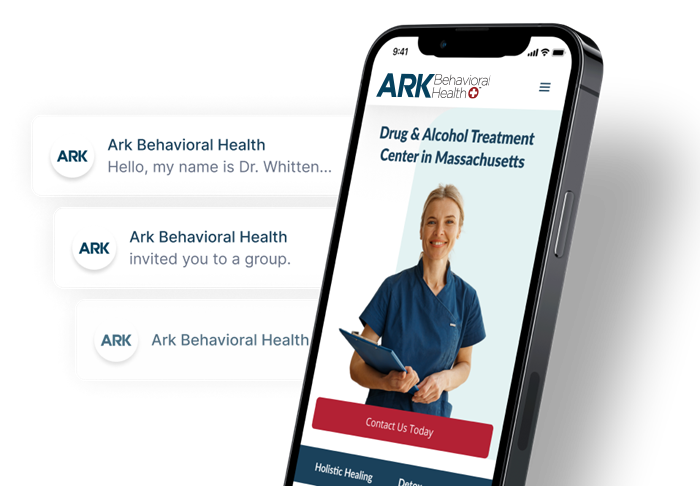Snorting Oxycodone | Effects & Warnings

Oxycodone is a prescription opioid that acts as a painkiller. Like other opioids, it alters the way the brain and central nervous system react to pain.
The most popular forms of oxycodone include a long-acting tablet called Oxycontin and a combination medicine called Percocet, which consists of oxycodone and acetaminophen (brand name Tylenol).
Most health care providers prescribe oxycodone in tablet, capsule, or liquid form to be taken orally. However, some people crush the tablets into a fine powder and then snort it.
This form of substance abuse rapidly delivers a feeling of relaxation and euphoria, also known as a “high.” Snorting oxycodone poses serious health risks, including overdose.
Effects Of Snorting Oxycodone
If you snort oxycodone, you’ll experience its effects much more quickly and intensely than if you take it as prescribed.
These effects may include not only pain relief, relaxation, and euphoria, but also unpleasant side effects such as:
- drowsiness
- dizziness
- headache
- stomach pain
- constipation
- nausea and/or vomiting
- changes in mood
Snorting oxycodone also increases your risk of experiencing the drug’s rarer, more serious side effects, which can include:
- fever
- loss of appetite
- irregular menstruation
- confusion
- changes in sexual desire or ability
- trouble breathing or swallowing
- rash
- swollen face, lips, tongue, throat, hands, feet, ankles, or legs
- hallucinations
- changes in heartbeat
- chest pain
- seizures
Along with the side effects of oxycodone, you may experience negative effects related to the act of snorting, including:
- sinus infections, which can occur if you accidentally snort bacteria from the surface you place the crushed powder on
- nose bleeds
- frequent runny nose
- loss of smell
- lung infections
- respiratory depression (slow, troubled breathing)
You’re more likely to experience these complications if you snort the drug on a regular basis.
Oxycodone Insufflation Warnings
People who snort oxycodone, which is also called insufflation, may overdose on the drug or become addicted to it.
Overdose
Overdose occurs when you ingest too much oxycodone. Individuals who snort the drug face a very high risk of overdose. That’s because snorting delivers the substance to your system so rapidly and intensely.
Signs of oxycodone overdose include:
- cold, clammy skin
- extreme drowsiness
- trouble breathing
- limpness or weakness
- changes in pupil size
- loss of consciousness or coma
Call for emergency medical services if you or someone you know experiences these symptoms; an oxycodone overdose can be fatal.
Addiction
People who abuse oxycodone (either by snorting it or taking it in another manner not prescribed) face a high risk of addiction.
Sometimes called substance use disorder, addiction is a disease that makes you feel unable to control your drug use. The most common signs of addiction are tolerance and physical dependence.
Physical dependence means your body relies on the drug to function normally. You may experience unpleasant withdrawal symptoms, such as anxiety or sweating when you try to stop taking the drug.
Oxycodone Addiction Treatment Options
If you or a loved one struggles with oxycodone addiction, recovery is possible.
For most people, opioid addiction recovery starts with medical detox. During this process, a team of medical professionals will help you slowly and safely get oxycodone out of your system.
Once you’ve detoxed from oxycodone, you can attend an addiction treatment center on either an inpatient or outpatient basis. In most cases, outpatient care is only recommended if you have a milder addiction and a strong support system at home.
No matter which type of care you choose, you’ll have access to services such as:
- behavioral therapy: mental health professionals help you identify triggers for oxycodone use and develop healthy coping skills to reduce the risk of relapse
- peer support groups: you connect with others who are recovering from prescription drug abuse and share coping strategies
- medication-assisted treatment (MAT): treatment providers prescribe medications like methadone, buprenorphine, and clonidine to ease your withdrawal symptoms and reduce your cravings for oxycodone
To learn more about treatment options for oxycodone abuse and addiction, please contact an Ark Behavioral Health specialist today.
Written by Ark Behavioral Health Editorial Team
©2024 Ark National Holdings, LLC. | All Rights Reserved.
This page does not provide medical advice.
National Institute on Drug Abuse - Cocaine DrugFacts
U.S. Food and Drug Administration (FDA) - Medication Guide: Oxycontin
U.S. National Library of Medicine - Hydrocodone Snorting Leading to Hypersensitivity Pneumonitis
U.S. National Library of Medicine: MedlinePlus - Opiate and opioid withdrawal
U.S. National Library of Medicine: MedlinePlus - Oxycodone

Questions About Treatment?
Ark Behavioral Health offers 100% confidential substance abuse assessment and treatment placement tailored to your individual needs. Achieve long-term recovery.
100% confidential. We respect your privacy.
Prefer Texting?
Our friendly support team is here to chat 24/7. Opt out any time.

People Also Read
- Snorting Oxycontin
- Snorting Percocet
- Dangers of Codeine Insufflation
- Dangers of Snorting Hydrocodone
- Snorting Norco
- Snorting Benzos
- Injecting Oxycodone (IV Use)
- Fake Oxycodone Pills
- Dangers Of Smoking Oxycodone
- Oxycodone Dosage Guide
- Cost of Oxycodone
- What Schedule Drug Is Oxycodone?
- What Does An Oxycodone High Feel Like?






 Learn More
Learn More








